Scelte Strategiche BMW Group
-
Contenuti simili
-
- 8 risposte
- 2728 visite
-
BMW Serie 1 IV 2024 - Prj. F70 (Spy) 1 2 3 4 9
Pubblicato da Cole_90,
- serie 1
- bmw serie 1 f70
- (e 5 altri in più)
- 80 risposte
- 22903 visite
-
MINI Aceman - Crossover BEV 2024 - Prj. J05 (Leak) 1 2 3 4 8
Pubblicato da Cole_90,
- mini
- mini aceman
- (e 3 altri in più)
- 78 risposte
- 11995 visite
-
-
-









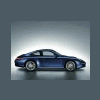
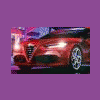
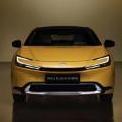
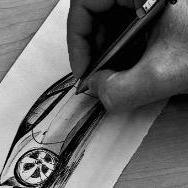



.thumb.jpg.d20c5008a881490f9c7f843d442a34f8.jpg)


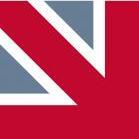


Messaggi Raccomandati:
Crea un account o accedi per lasciare un commento
Devi essere iscritto per commentare e visualizzare le sezioni protette!
Crea un account
Iscriviti nella nostra community. È facile!
Registra un nuovo accountAccedi
Sei già registrato? Accedi qui.
Accedi Ora